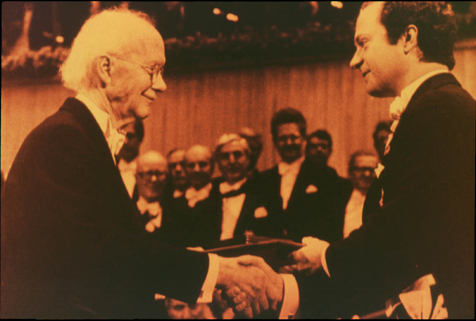
Faculty Research 1980 - 1989
Androgen induction of beta-glucuronidase translational yield in submaxillary gland of B6.N mice.
Document Type
Article
Publication Date
1988
Keywords
Drug-Implants, Enzyme-Induction, Genes-Structural, Glucuronidase: bi, ge, Mice, Mice-Inbred-C57BL, Mice-Mutant-Strains, Reference-Values, RNA: ge, ip, Submandibular-Gland: de, en, Testosterone, Translation-Genetic: de
First Page
701
Last Page
705
Abstract
Androgens induce the synthesis of murine beta-glucuronidase (GUS) 10-fold in the submaxillary gland of B6.PAC-Gusn mice without a concomitant increase in GUS mRNA levels. Since the rate of GUS synthesis per mRNA molecule, or translational yield, is a function of both the efficiency with which the message is translated and the fraction of newly made polypeptides that are incorporated into GUS tetramers, we conclude that androgen induces at least one of these components in the submaxillary gland of B6.N mice. Genetic variation in the submaxillary gland induction response was tested for using six congenic mice strains, each carrying a different haplotype of the Gus gene complex on a C57BL/6J genetic background. The results indicate that the DNA sequences determining androgen responsiveness of the Gus gene in the submaxillary gland are linked to the Gus gene complex and that the DNA sequences determining the submaxillary gland response are distinct from those determining the androgen induction of GUS mRNA in kidney.
Recommended Citation
Bracey LT,
Paigen K.
Androgen induction of beta-glucuronidase translational yield in submaxillary gland of B6.N mice. . 1988; ():701

